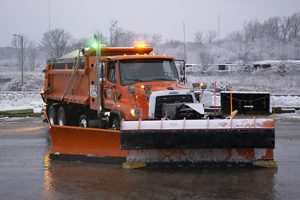
A variety of factors can affect a snowplow blade’s long-term performance, making it difficult for an agency to determine which blades are the most cost-effective overall.
By developing a field test protocol and cost-benefit analysis methodology, the new research will make it easier for Clear Roads agencies to evaluate and compare blades in the future using the same standard procedures used in this project.
Download the quick reference guide, final report and two-page brief: High Performance Blade Evaluation, January 2023.


 Interested in sharing your knowledge, experience, and vision for the future? Organizers of the
Interested in sharing your knowledge, experience, and vision for the future? Organizers of the 
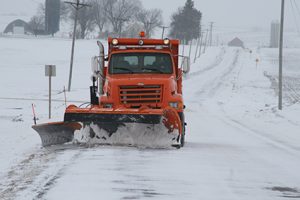
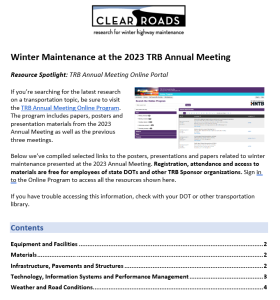

 AASHTO’s
AASHTO’s 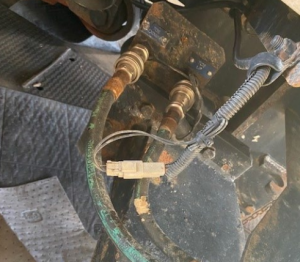 A recent Clear Roads
A recent Clear Roads 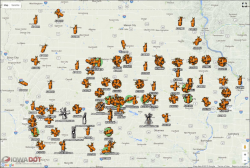

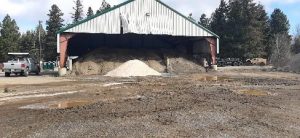 Many state and local transportation agencies with winter maintenance programs purchase their road salt before the winter season to secure the best prices and assure availability. However, measuring and monitoring the quantity of salt in widely distributed stockpiles—including many sites without regular staff on-site—can be both challenging and time-consuming.
Many state and local transportation agencies with winter maintenance programs purchase their road salt before the winter season to secure the best prices and assure availability. However, measuring and monitoring the quantity of salt in widely distributed stockpiles—including many sites without regular staff on-site—can be both challenging and time-consuming.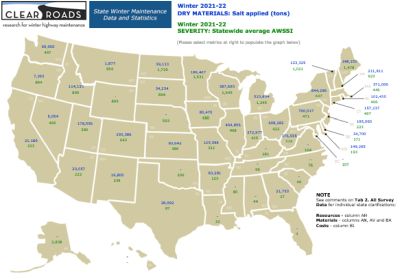
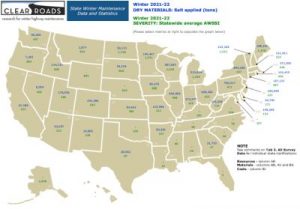 Clear Roads has published its eighth
Clear Roads has published its eighth